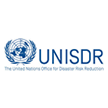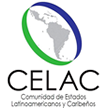- La UE y LAC, juntas en desastres naturales y humanitarios
- México, el país más vulnerable a desastres naturales de América Latina
- América Latina y el Caribe firman con la UE Un MdE sobre Cooperación en materia de Gestión Integral del Riesgo de Desastres
- El mundo está en la autopista hacia el infierno climático
- Informe de la Unesco advierte sobre el calentamiento global acelerado y el aumento del nivel del mar
Stephen O’Brien (OCHA), Helen Clark (UNDP), David Miliband (IRC), Jan Egeland (NRC) and Chaloka Beyani (Special Rapporteur on the Human Rights of Internally Displaced Persons) wrote to all Member States of the United Nations to call for greater attention to and durable solutions for people on the move, particularly internally displaced persons (IDPs).
PHOTOS: Courtesy of OCHA.
The Invisible Majority: 7 facts you need to know
1. Who are IDPs and why do they matter?
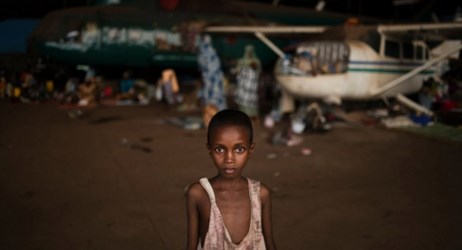
2. IDPs are the invisible majority of all forcibly displaced people.
During crises and disasters, IDPs are often forced to flee to hard-to-reach areas, such as war zones, before eventually reaching towns and cities where they stay with relatives or in camps. This may heighten risks to gender-based violence, including the use of sexual violence as a tactic of war. With fewer international media reporting IDPs’ struggle, their stories often remain untold.

3. The root causes of their displacement: conflict, violence and natural disasters.
Natural disasters around the world displace an average of 25.4 million people per year. However, in 2015, more than 8.6 million people fled conflicts and violence. Crises exacerbate and deepen existing gender inequalities and risks, which affect women and girls disproportionately.
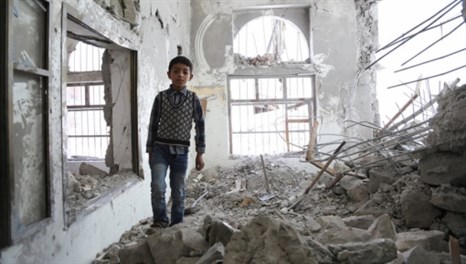
4. IDPs can be displaced for decades.
IDPs are suffering in displacement for long periods of time. Some spend close to 20 years as IDPs, unable to return home. To many, this is a life sentence. Many experience multiple displacements, being forced to flee again and again, often with only what they can carry.

5. Displacement is particularly destabilizing and traumatic for girls and boys.
Displacement exposes children to risks and upheaval at a time when they most need protection and stability. The majority lose access to education, and many are at risk of sexual violence, exploitation, transactional sex and forced recruitment.
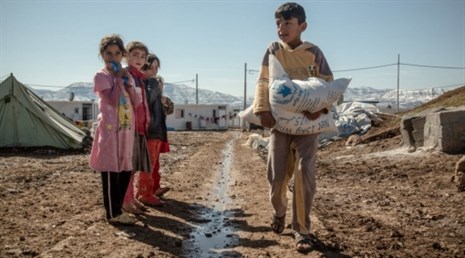
6. In some cases, women comprise the largest number of IDPs.
Data from Colombia and Burundi show that women make up the majority of IDPs. Higher male-mortality rates may partially explain this, as men tend to stay longer as fighters and protectors of their property, while women and children tend to flee due to increased protection risks and remain displaced for longer. Displacement exposes children to risks and upheaval at a time when they most need protection and stability. The majority lose access to education, and many are at risk of sexual violence, exploitation, transactional sex and forced recruitment.
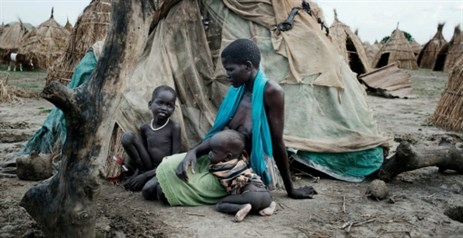
7. The UN Secretary-General committed to halving the number of IDPs by 2030 through safe, durable and dignified solutions.
We must rally around this objective to truly “leave no-one behind”. Relief workers will continue to help IDPs and support national Governments by providing health care, including sexual and reproductive health, education, shelter, food, water and protection. Longer-term solutions are also needed to help IDPs rebuild their lives.
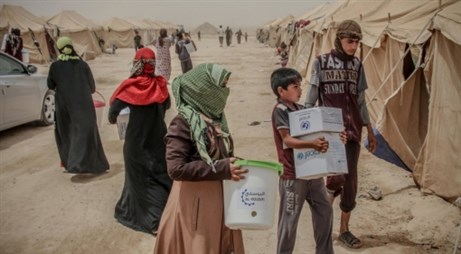
Photos: Courtesy of OCHA.
- El Niño 2023-2024 América Latina y el Caribe
- Compendium of good practice on post disaster recovery in the Latin America and Caribbean Region: 12 Good practices
- Avances y desafíos de la cooperación internacional en desastres
- Informe de relatoría - Taller para la construcción de lineamientos estratégicos para la gestión del riesgo de desastre en América Latina y el Caribe
- Informe resumido, 17–19 de mayo de 2023: Reunión de alto nivel sobre la revisión intermedia del Marco de Sendai




